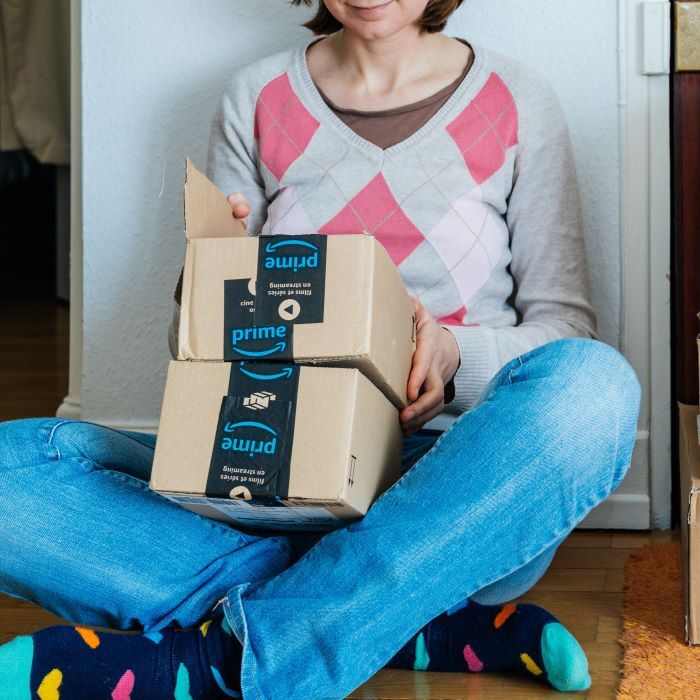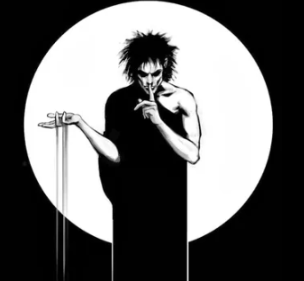Why YSK: Online platforms, particularly some very prominent offenders, may artificially spike prices before creating “discounts”. Whether this is intentional or the result of third party sellers fighting amongst themselves, I cannot say. Either way, don’t blindly purchase something because of a deal (camelcamelcamel is great to see price history if you just care about Amazon). Besides, if your sole motivation to purchase something is based on a discount, you might be better off cutting consumption instead.
Source: I run fetchnotifs. While checking the logs this morning, I was scared to death I deployed a bug to production—Nope, it’s just that day of the year.
IIRC in Poland all stores have to show the price from month ago to prevent this kind of abuse.
Which sadly just results in them raising prices for a month before the sale
Still better, but i would honestly require all stores to show the full year’s timeline of the price right as a widget next to the pricetag online…
This is good but they should also force to write normal price first because now the biggest font prices isn’t the price which you pay without buying multiple products or have membership account.
I’ve relied on https://isthereanydeal.com to see if sales of games are actually a deal. For electronics I’ve used https://pcpartpicker.com to see price trends. https://camelcamelcamel.com for Amazon.
And now looks you’ve brought another tool to the arsenal with https://fetchnotifs.com.
Awesome.
If you want a FOSS alternative to fetchnotifs, you can try changedetection.io :)
In the Netherlands it’s now mandatory to use the lowest price of the previous 30 days as the base price. I believe that it’s based on EU legislation that will follow. I noticed yesterday that amazon.nl still ignores this and uses the “suggested retail price” instead (even if they’ve never used it).
Amazon uses a system where they vary the price to try to see how much you’ll pay, too. Also they raise the price on things you bought before since they know you might want it again. Simply an awful system. For example, hot sauce… one time two bottles is 12, another time, 21, next time, 17. They’ve done the same thing to me on biscuit mix and bandages. One time the bandages are 7, then they’re 10, then they’re 13, then 6. I just want ONE PRICE.
I think they call this personalized dynamic pricing, and it’s used to extract the most money they can out of any one person. This shit should be illegal.
For stuff on Amazon, I use https://camelcamelcamel.com/
Cutting…consumption? As a North American I feel personally attacked. Buying things is how I express my freedom.
This has happened to me the last two years on Amazon with Prime Day and Cyber Monday.
I’ll have a few expensive items on my wishlist that I’m monitoring and holding out on for a sale, only to see the price go up right before the sale.
I used to spend hundreds during those sales but after getting shat on for two years I no longer participate. All their marketing hype is wasted on me because I simply don’t believe them anymore. Amazon has lost my trust.
Obligatory mention of https://camelcamelcamel.com/ which is a great tool to track the historical price of an Amazon listing. You can even set up alerts for when it falls to a certain price point.
100% agree, I’ll edit my post. https://keepa.com/ is also nice if you’re just looking on Amazon.
I use Keepa and it has worked great for me. I’ll try out Camel³ next.
There were genuinely some good deals on Amazon yesterday though. I ended up buying a newer kindle for myself because it was the lowest price since last November according to camelcamelcamel.
It’s definitely worse this year. All I’ve bought is some filament for my 3D printers and it’s really only a few bucks off. Seen a lot of things I was waiting on go on “sale” for the original price or higher
This is not new or specific to online retailers. I worked in retail for almost a decade before gettinng out.
On most products that don’t have strict pricing guidelines from the manufacturer, prices can very wildly. Normal pricing would be a marked down price. When big sale would come, the tag price would go from the Minimum Advertised Price (MAP) up to Manufacturer Suggested Retail Price (MSRP). Those prices are set by the manufacturer. The price printed on tags is MSRP. It is full price and is usually marked up quite a lot. With high end brands, MSRP is usually a lot higher than what MAP is. With brands like The Northface it can be $100 or more.
When a retailer runs a “big sale” they often put everything back up to full MSRP then mark it back down whatever percentage off they are offering.
Sometimes I would wait for a product to go on sale so I could get my employee discount plus sale price. There were many times when a huge sale plus my discount ended up being the same price or more than what the every day price was.
I use www.prisjakt.nu here in Sweden, aren’t there similar sites in the rest of the world?
I disagree.
While I have seen prices rise right before a sale, the discounted prices are almost always slightly less than what they usually go for.(In the case of Amazon, dunno about other sites)The prices rise right before a sale. Then they drop. Maybe to “slightly less” than original. (Maybe.)
It’s still dishonest. They’re making a “slightly less” price look like “a lot less” to people who weren’t privy to the original price.
Slightly, rather than the significantly people expect.










